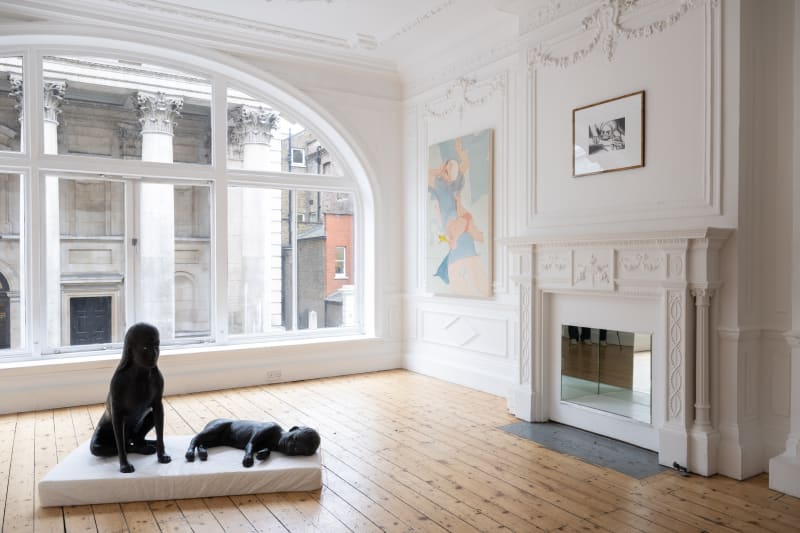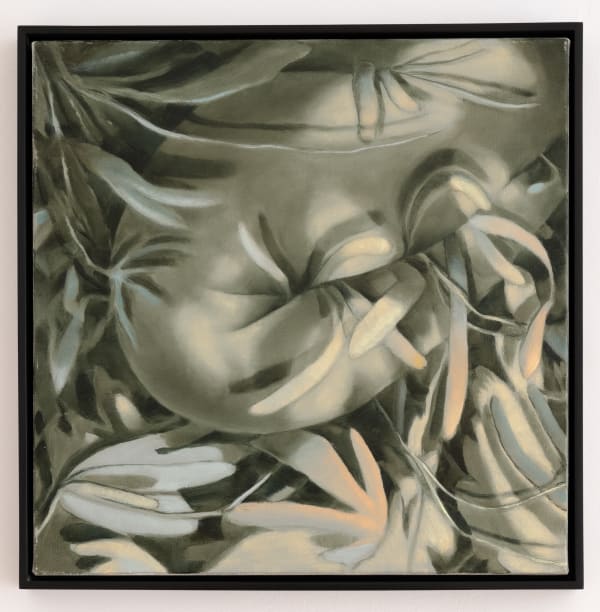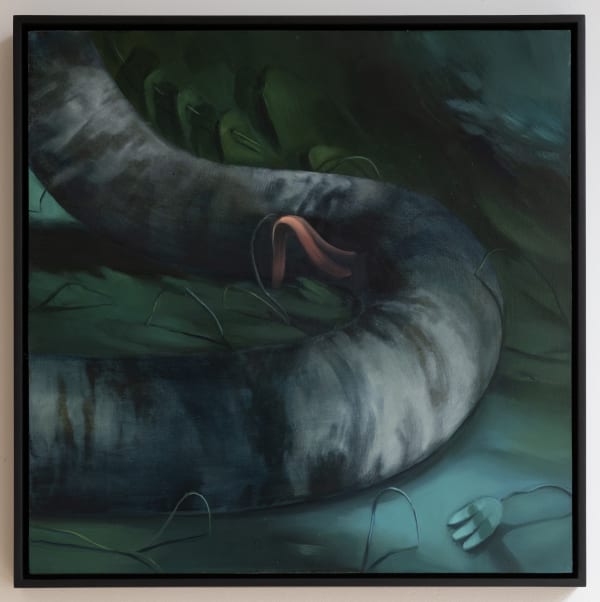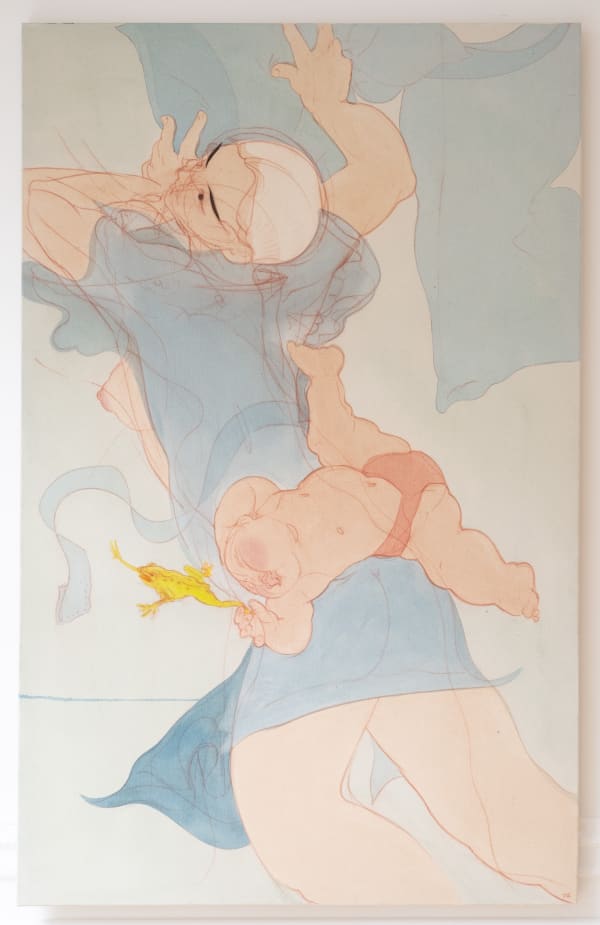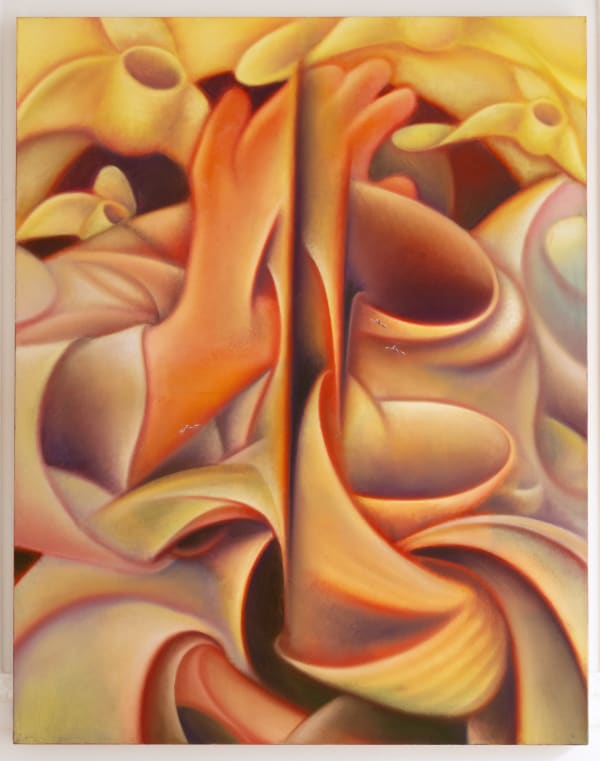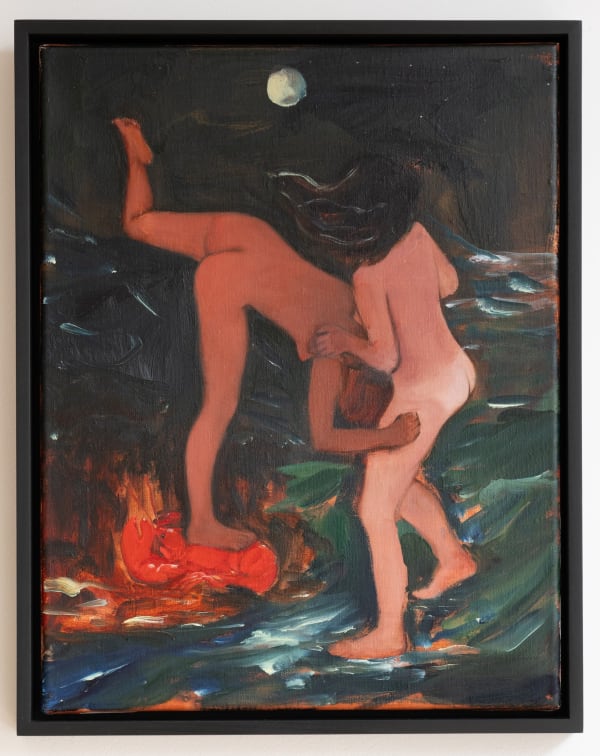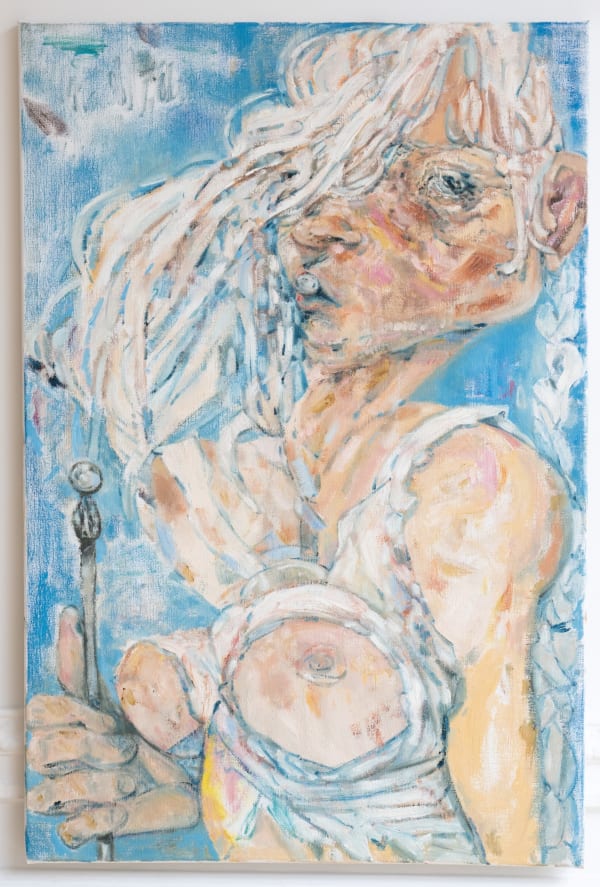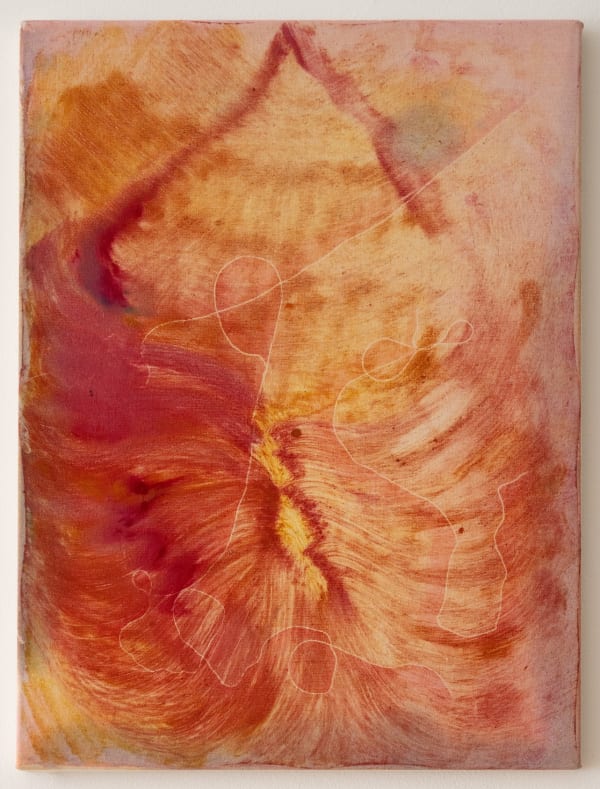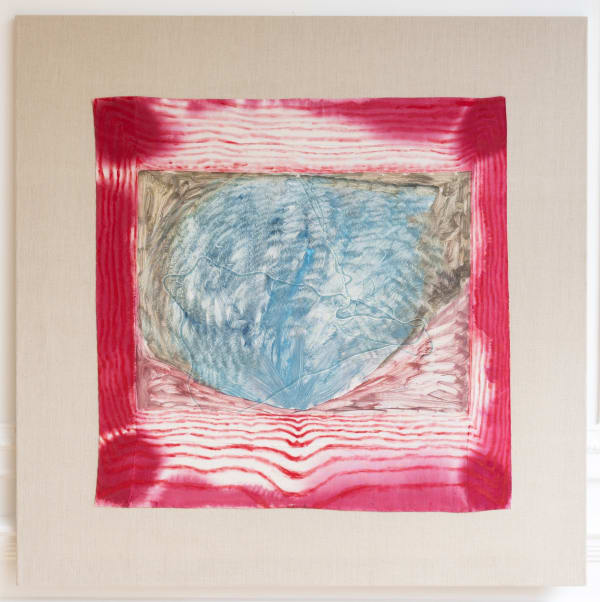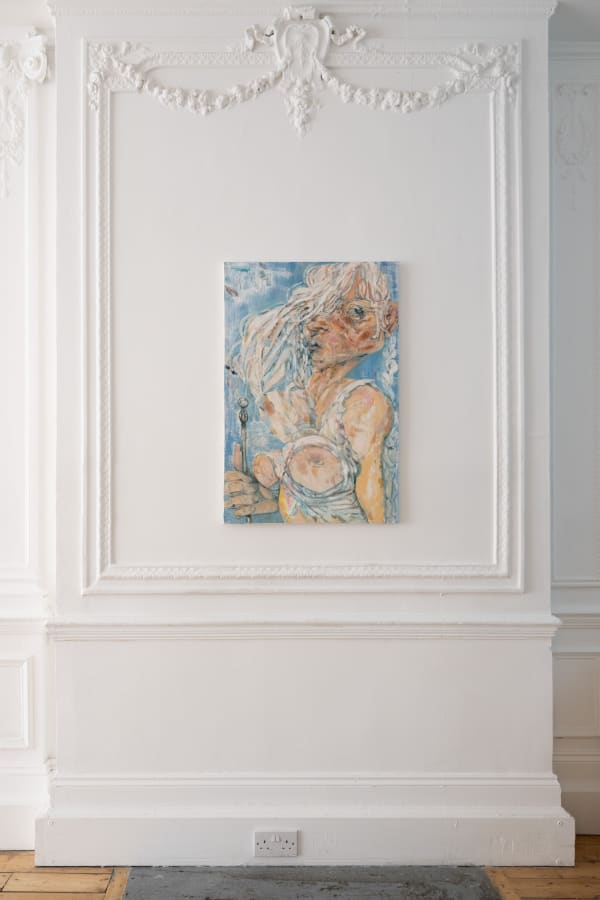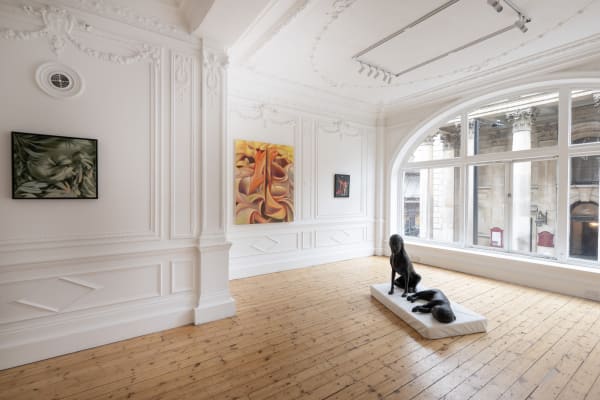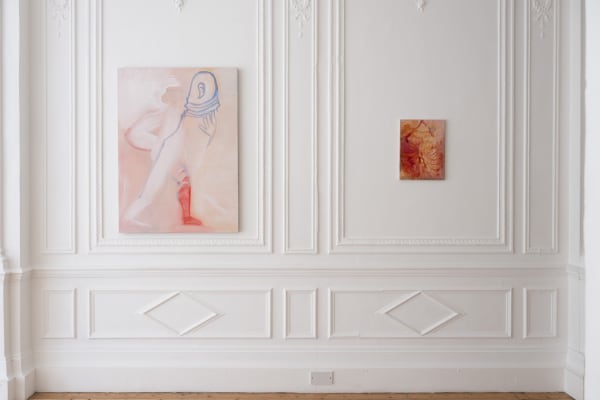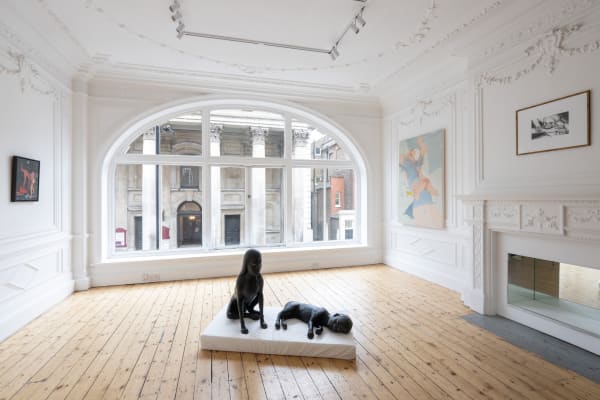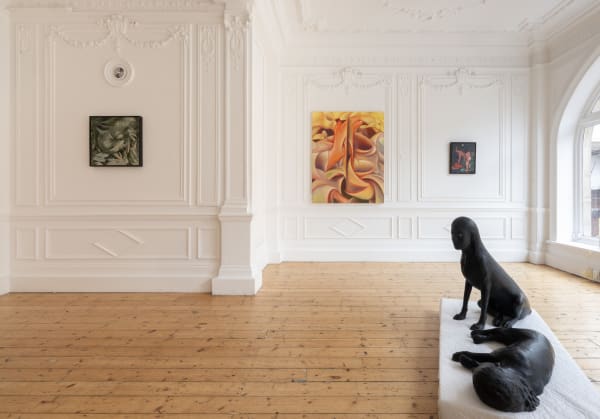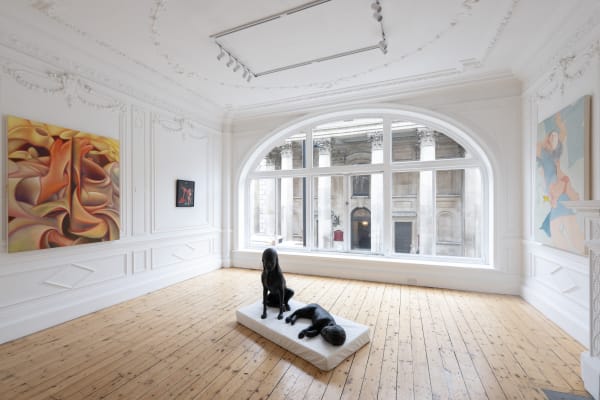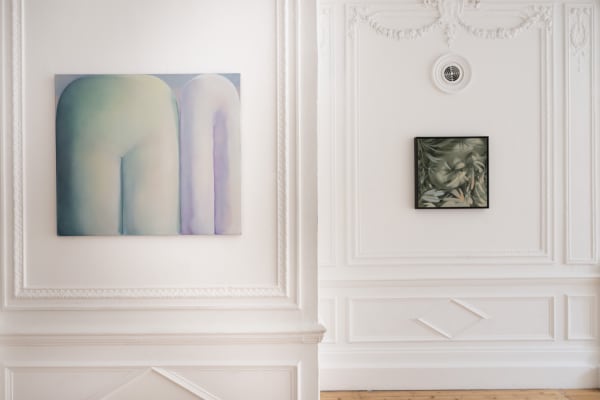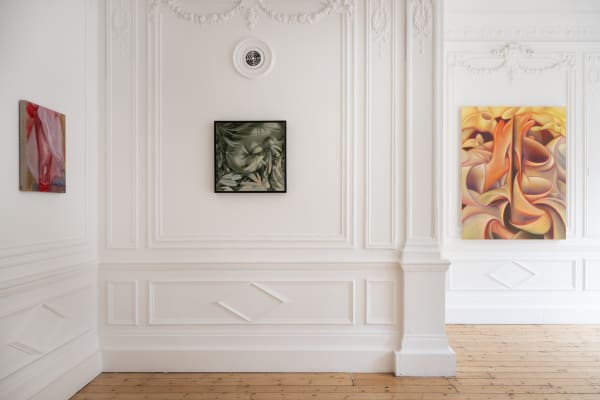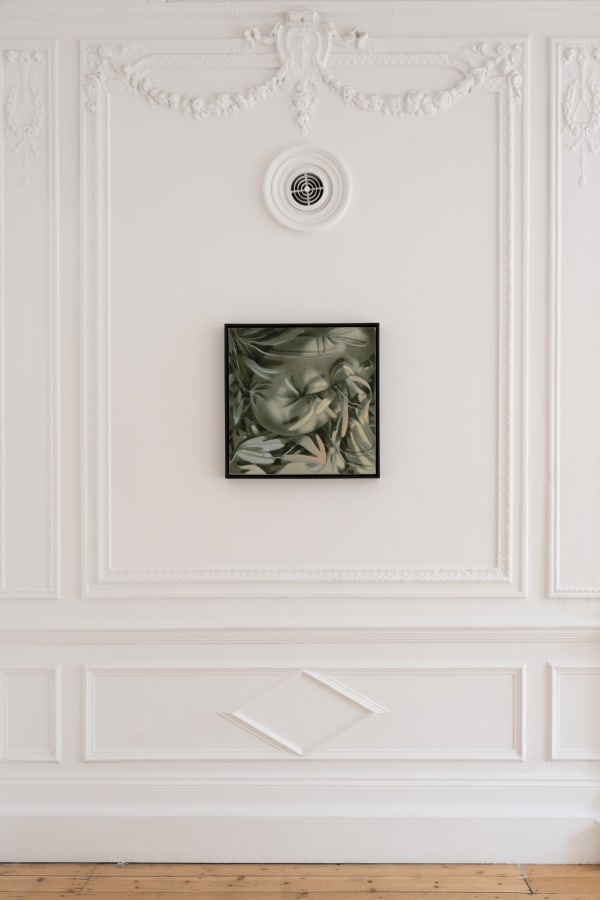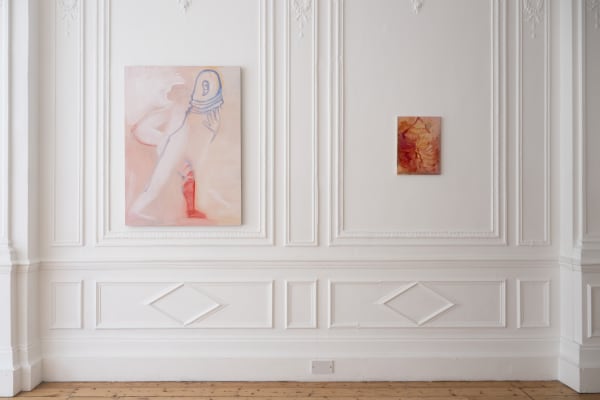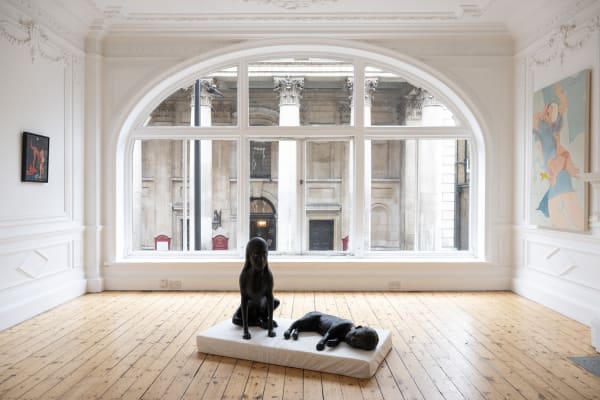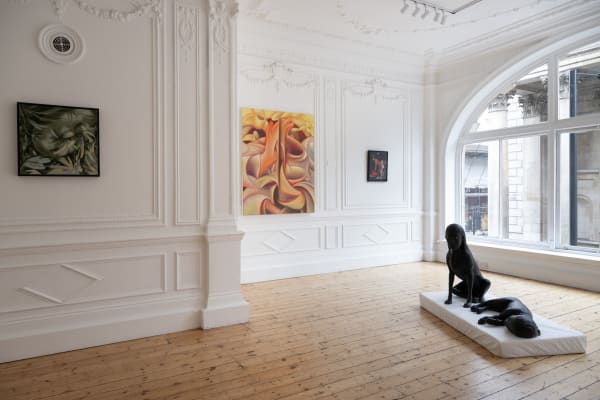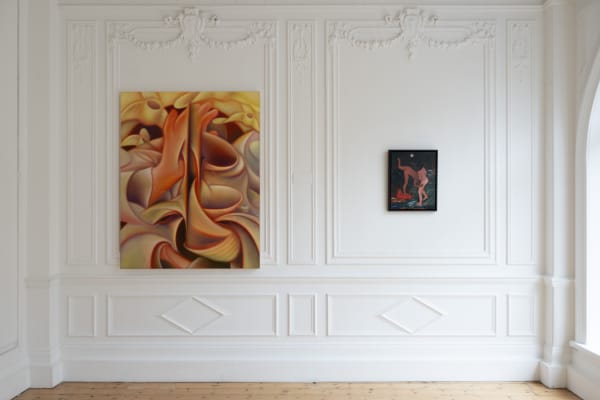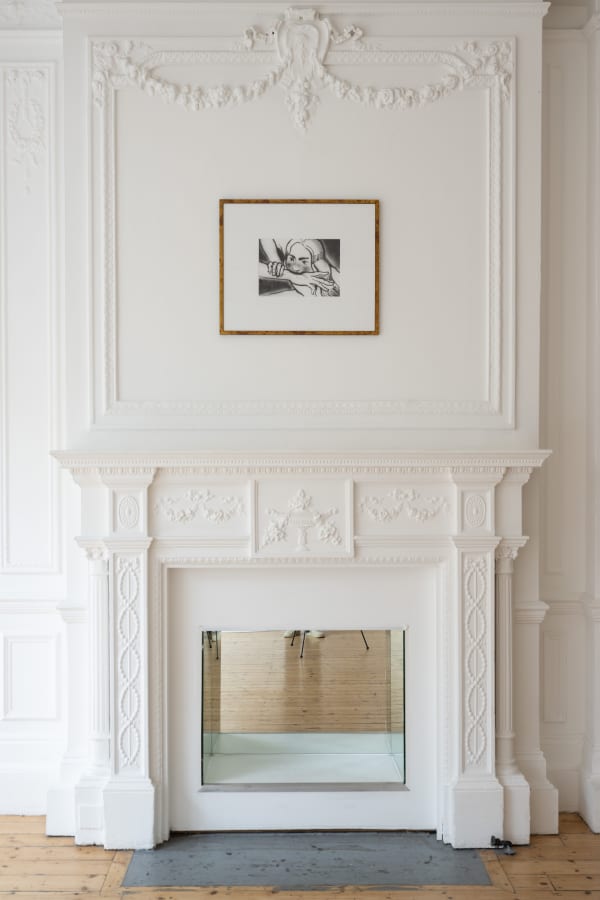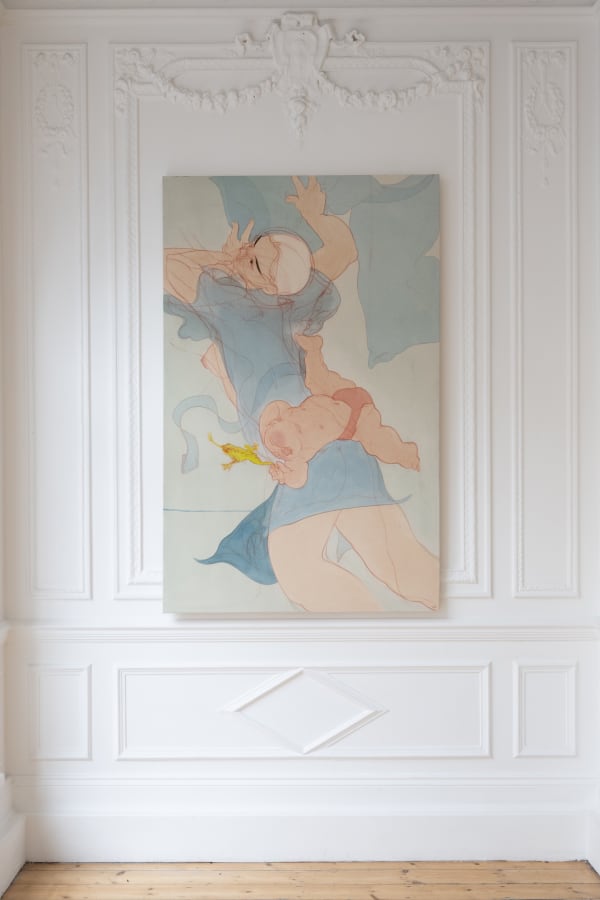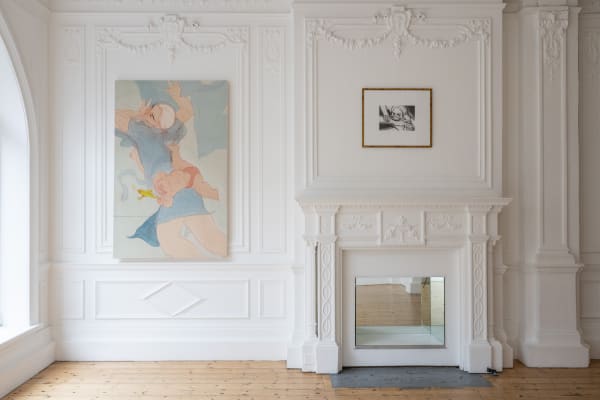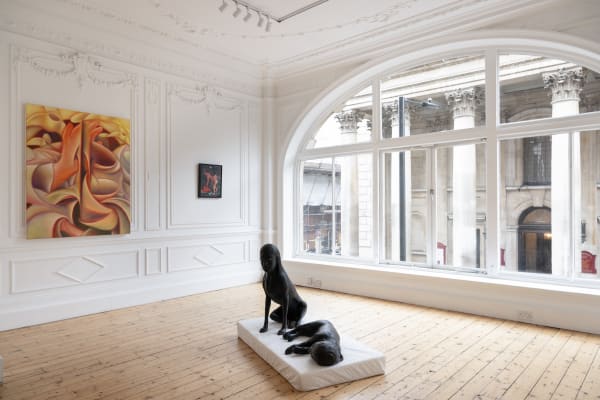General Assembly and Blackbird Rook are pleased to present Soft Grip, a group exhibition examining the female body as a site of tension - between softness and strength, intimacy and control, tenderness and pressure. Featuring works by Kathryn Armitage, Kate Burling, Jenna Gribbon, Hannah Murgatroyd, Aimee Parrott, Sarah Pickstone, Sarah Slappey, Zoe Spowage, Lucy R. Whitehead, and Eleni Zervou, the exhibition brings together painters who work with the body not as symbol or object, but as something lived, tested, stretched, imagined.
What does it mean to paint the female body now - when gender, power, desire, and identity are all under constant negotiation? These artists don’t offer a single answer, or a unified view. Instead, they explore the body as a space where multiple forces meet - sometimes in harmony, more often in friction. Their paintings wrestle with inherited imagery, with expectations and archetypes, with the discomfort and complexity of inhabiting a body that is always being seen, judged, touched, claimed.
Armitage reimagines art-historical scenes through a feminist lens. She inserts herself where male power once dominated, turning Dutch banquet halls and Old Master compositions into stages for resistance. Spray paint, oil stick, and raw canvas collide in layered surfaces that question how women’s bodies - and histories - are framed, judged, and remembered.
In Burling’s paintings, the organic and the mechanical have already merged. Turbines and machine parts lodge quietly in limbs and skies. These are not dramatic collisions but soft entanglements - reflecting a world in which technology and the body have become indistinguishable. Her work reflects ideas of ecological saturation and trans- corporeality.
Gribbon’s paintings often centre on performance - her own, and her subject’s. Figures are theatrical, self-aware, and full of contradictions. She plays with how we look and how we’re looked at, offering scenes that are at once playful and charged with deeper undercurrents of intimacy, power, and role-play.
Murgatroyd’s imagined nudes sit somewhere between sensuality and solitude. Their poses echo classical painting, but with an unsettling stillness. These are not women on display - they are women occupying space, thinking, stretching, enduring. Her work has long questioned what role the female figure plays in art and who that figure is really for.
Parrott’s layered surfaces carry the echo of bodies - not through depiction, but through suggestion. Cloth, dye, and stain become stand-ins for skin, breath, sweat. Her work captures something of the body’s permeability – how experience seeps in, how the boundary between inside and outside is never fixed.Pickstone’s Portal series, rooted in a repeated maenad motif drawn from a Greek vase, speaks to the possibility of transformation - a female figure stepping through a symbolic phallus into something new. The works are architectural and bodily at once, made using handmade distemper on flax linen, soaked and stained in a process that evokes fresco.
Slappey paints hands, limbs, hair – never whole bodies, always parts. Her work often seems caught between caress and grip. There’s pressure, suggestion, ambiguity. She reflects how touch can be both nurturing and controlling, how the line between comfort and constraint is often blurry.
Spowage’s figures are wild, energetic, and deliberately unstable. Mixing cartoonish humour with raw painterly force, her characters upend expectations of beauty or coherence. They feel part-performer, part-cipher - caught between chaos and control, surface and identity.
Whitehead’s paintings are fragmentary, almost ritualistic. She draws from myths, symbols, and personal iconography, but always keeps things unresolved. Her canvases feel like private spaces – places where language falters and where bodies, though unseen, are deeply present.
Zervou works at the edge of transformation. Her figures shift between animal and human, self and other, myth and matter. There’s a quiet strangeness in her compositions – as if something familiar has just slipped out of view. Her work speaks to the body as a threshold, a changing form.
Soft Grip doesn’t aim to define what it means to be a woman or to offer a manifesto. It offers something quieter, and perhaps more honest: a space where the body - and the act of painting it - can be uncertain, playful, tough, and deeply felt. A space where force and softness coexist.
